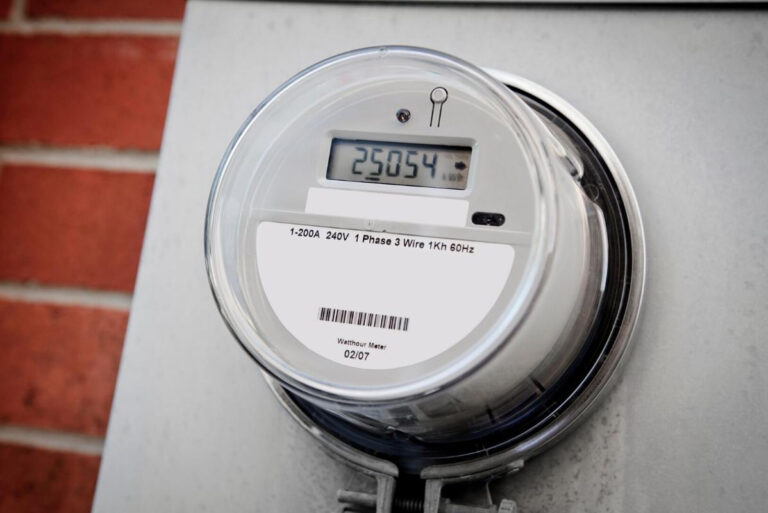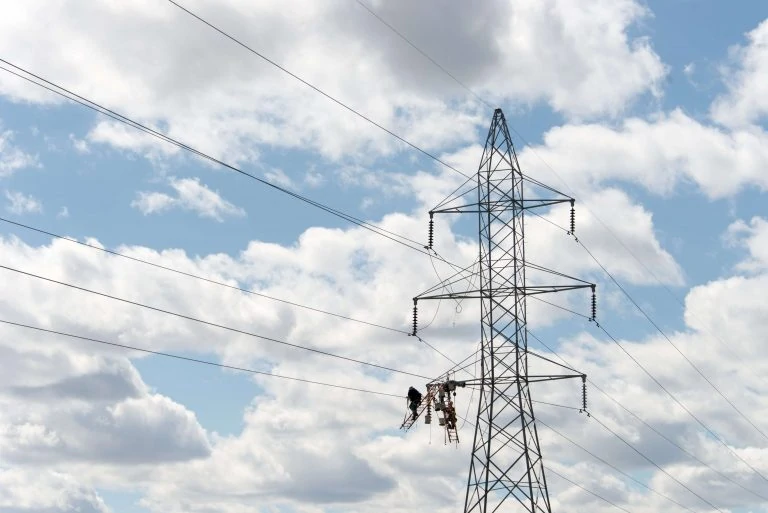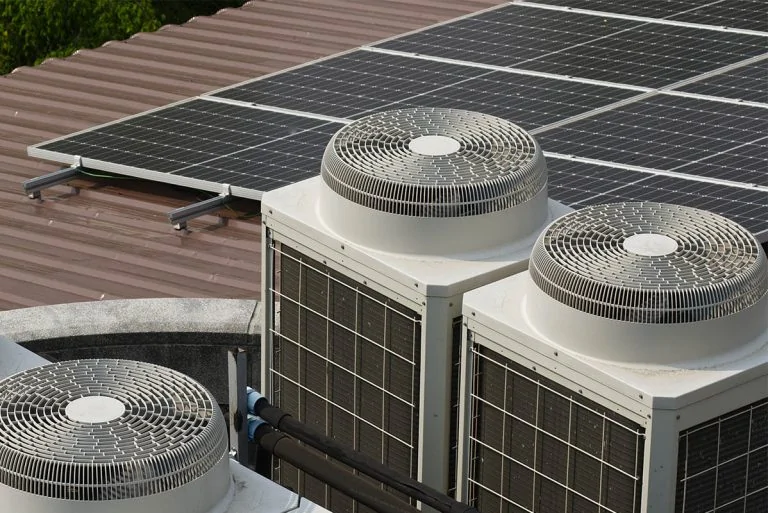How do you know the difference between master metering and utility sub-metering. We dive into an overview of master metering.
Master Metering vs Utility Sub-Metering: What’s the Difference?
One of the most crucial parts of utility service is meter reading. Metering and monitoring of energy consumption are very vital. Measuring the energy use of each household can be done in several ways.
With the rise of behind the meter, it will be interesting to see how things evolving from a metering standpoint.
Why Master Metering and Utility Sub-Metering are Important
Master metering or utility sub-metering are the two common ways to help estimate the property utility expense. So, what is the key difference between the master metering and utility sub-metering?
Different properties have different ways of metering and how the utility expenses from different residents are recouped. A property manager can recover the utility expenses in multiple ways.
Reading must be obtained from the applicable utility meter of the community to calculate what is owed for each utility.
The two ways in which a property can be metered is either be direct metered or master metered. With the direct metered option, there is only one meter per utility type or residential unit.
The utility provider reads each meter, calculates the usage charges and bills them directly to the specific resident. Master metering, on the other hand, works differently.
Master meters and sub-meters are also different though they have some similarities in some technical principles and their physical looks.
Both have an electro-mechanical meter and are covered by a glass bowl cover. Also, they have a spinning metal disc that has a solid-state model, a plastic or polycarbonate cover as well as a liquid crystal display.
Here are some differences between master metering and utility sub-metering:
Master Metering
Here is a robust overview of master metering, including everything you need to know about the definition, installation and operation.
-
Definition of Master Metering
Master metering involves measuring the electric, water or natural gas usage of multiple tenants with the same meter. The reading is usually done under the landlord’s name. The landlord or the property owner then receives the bills measured through one electric meter for all the tenants.
The utility provider usually installs a single electric meter in a large residential condo or in an apartment to record the entire building’s energy consumption. Master metering provides wholesale rates which are less costly.
The building management company or the building owner receives a single electric bill for the entire building and then assesses the tenants the individual share of the utility expenses based on the readings on each sub-meter.
It is an ideal way through which they can recoup the costs from the tenants.
See Related: Electric Meter Reading Guide
-
Installation
A master meter is installed in front of any sub-meter so that the energy which is supplied to the building flows through the master meter first. The utility meters are commonly located in or near the main switchboard. Microgrids would likely want to have a master meter installed.
-
Ownership and Repairs
The power company owns and maintains the master meters. The local utility handles the operational, repair as well as all the billing queries that are associated with master meters.
-
Identification
The master meters can be identified by the local utility’s name or logo as well as by the meters’ badge number which is stamped on the meters’ face.
-
Meter Reading, Billing and Collection
The power company usually reads the master meters. Then they give the building management the monthly usage bill registered on the master meter. The total sum of the readings obtained from each submeter is what is displayed on the master meter.
The management then assesses each tenant share based on the readings recorded on their sub-meters to recoup the total expense.
A company like Direct Energy can help you monitor your meter reading with ease.
-
Power Handling Capability
The master meter can be ruined if a large amount of power demanded by an entire building is directly applied to a single meter. Transformers help reduces the power to a safe level that the meter can handle.
Now, let’s explore the utility sub-metering features:
Utility Sub-Metering
In the past, the energy costs allocation involved prorating the costs based on square foot. The property owner or the landlord would divide the monthly utility bill among the tenants based on their office size.
It would result in unfair distribution since tenants didn’t consume the energy based on office size. That is where sub-metering for landlords came in which consequently led to the invention of smart meters.
Smart utility meter enables the utility provider access the units data of the energy consumed remotely. Here are some features of utility sub-metering:
-
Definition of Utility Sub-Metering
Utility sub-metering is a system that allows the landlord or the property management firm bill the tenants individually since the utility usage is also measured separately. It is a method that involves having individual electricity meters, water meters and gas meters.
Utility sub-metering also requires monitoring of the consumption of the electricity of each piece of equipment within a building including the refrigerator, HVAC, outdoor/indoor lighting, kitchen equipment and more.
The utility submeters can be installed in any building including shopping malls, hospitals, multi-tenant mixed-use properties, office towers, institutional, multi-family, and schools.
-
Installation
Individual submeters for each residential unit are installed behind the master meter. Submeters are usually located in plant areas and riser cupboards.
-
Ownership and Repairs
The commercial customer owns monitors and maintains the submeters. The building management handles all the concerns regarding the operational and repair of the submeters.
-
Meter-Reading, Billing and Collection
The building management personally has the mandate of reading the individual submeters. In big apartments and high-rise condos, the work of reading data on the submeters can be quite tedious and time-consuming.
A technology called power line carrier comes in handy since it can automatically send the meter information of each tenant or homeowner over the existing power cables of the building.
A computer on the ground floor of the building then collects the data which is then used for rebilling.
-
Power Handling Capability
The submeters can handle the smaller loads and thus do not require transformers. Could we potentially see this more in a utility 2.0 model?
Here are some pros and cons of installing a sub-meter.
See Related: Fronius Smart Meter Review
Benefits of installing a sub-meter
Submeters have numerous benefits to both the property owner and the residents:
- To the residents, the submetering offers them a chance to monitor their utility usage, and thus they get more control over their future usage and save money.
- Submetering also protects the property owners from unbudgeted utility expenses which reduces their net operating margins. With reduced property expenses, the property managers increase the value of their property.
- Another benefit of submetering is that it helps the property owner bill the tenant for cost recovery. Additionally, it helps monitor and optimizes energy consumption in real-time reporting.
- Utility sub-metering allows more detailed performance benchmarking such as setting subsystem as well as targets.
- Sub-metering enables the tenants and the owners to cross-check that they are being billed accurately.
- Utility sub-metering reduces the costs of the facilities management in a building in places where there are regular manual readings since it reduces the requirement for manual meter inspections.
See Related: How to Get Free Electricity on Weekends
Disadvantages of Installing a Sub-Meter
Here are the various disadvantages of installing a utility sub-meter.
-
Higher running costs
Sub-metering and smart metering results in additional costs associated with data collection, maintenance and data analysis. However, the payback of accurate billing and the greater transparency makes it a worthy investment.
-
Disruption during retrofit or improvement opportunities
A little disruption to tenants may occur to allow installation if submeters in major risers due to electrical shutdown during the process.
See Related: Direct Energy Review
Conclusion on Master Metering
Master metering and submetering are crucial components that can help both the utility company and the owner measure the energy usage and consumption and do the billing correctly.
What do you think of master metering? Would you prefer using utility sub-metering? Please let us know in the comments below.












